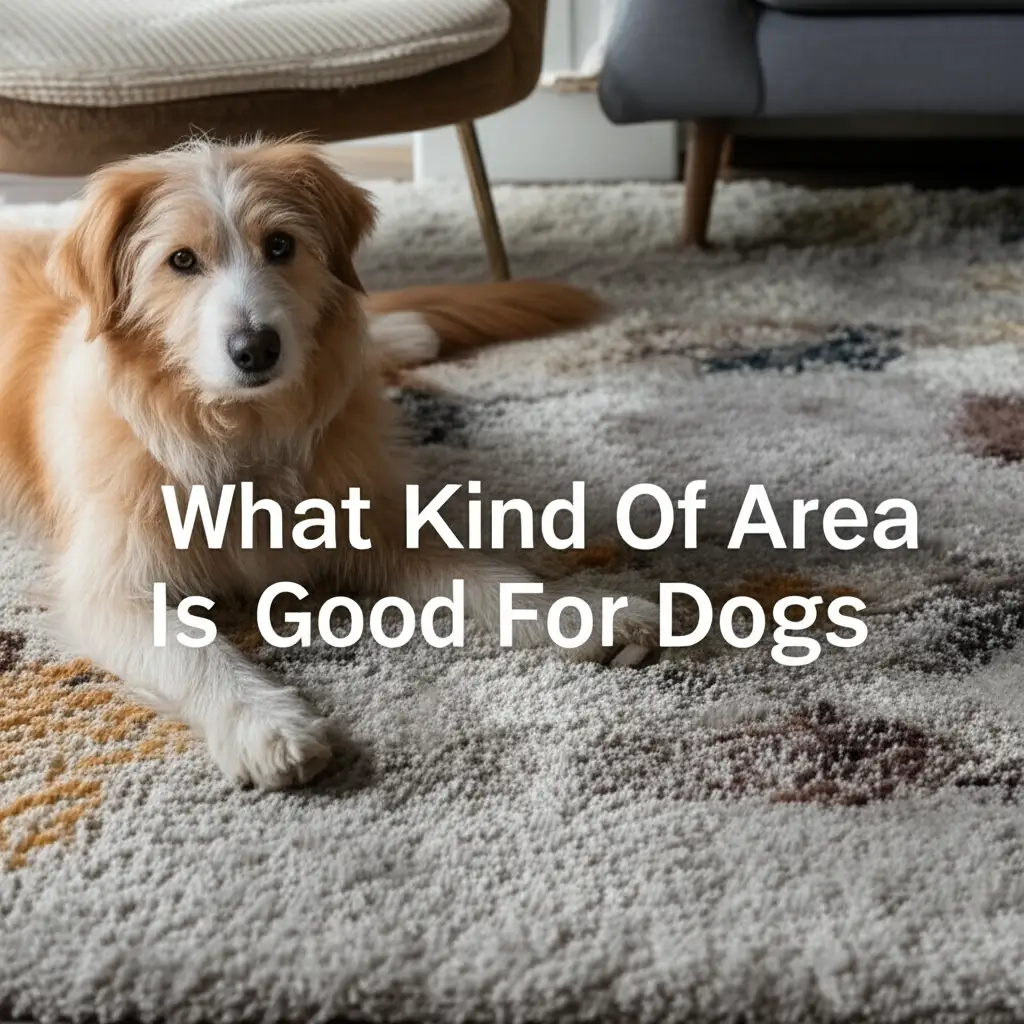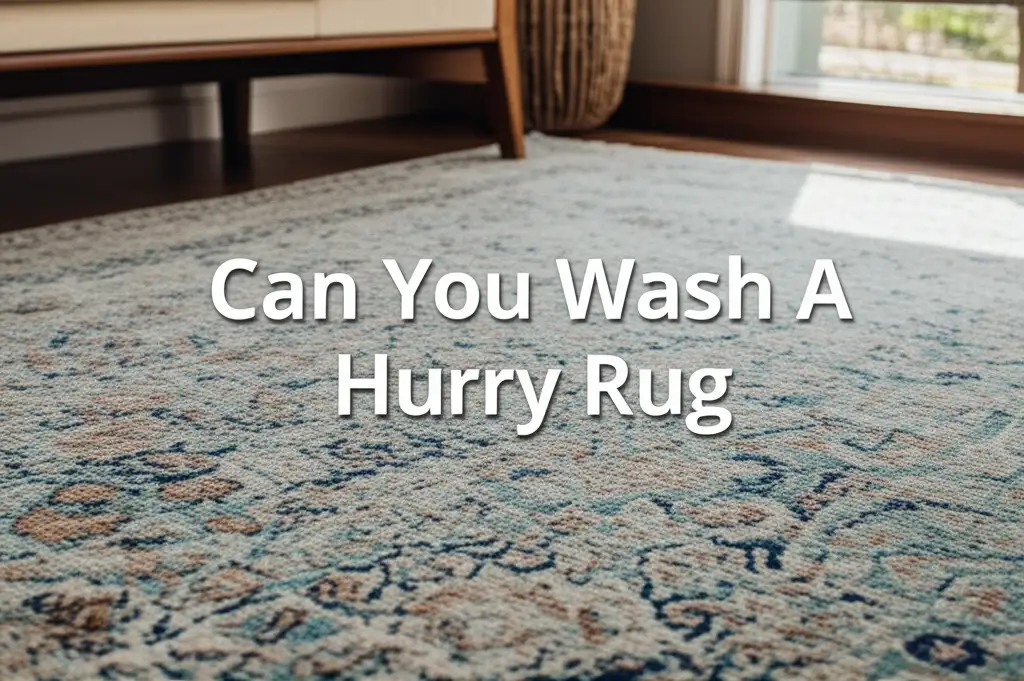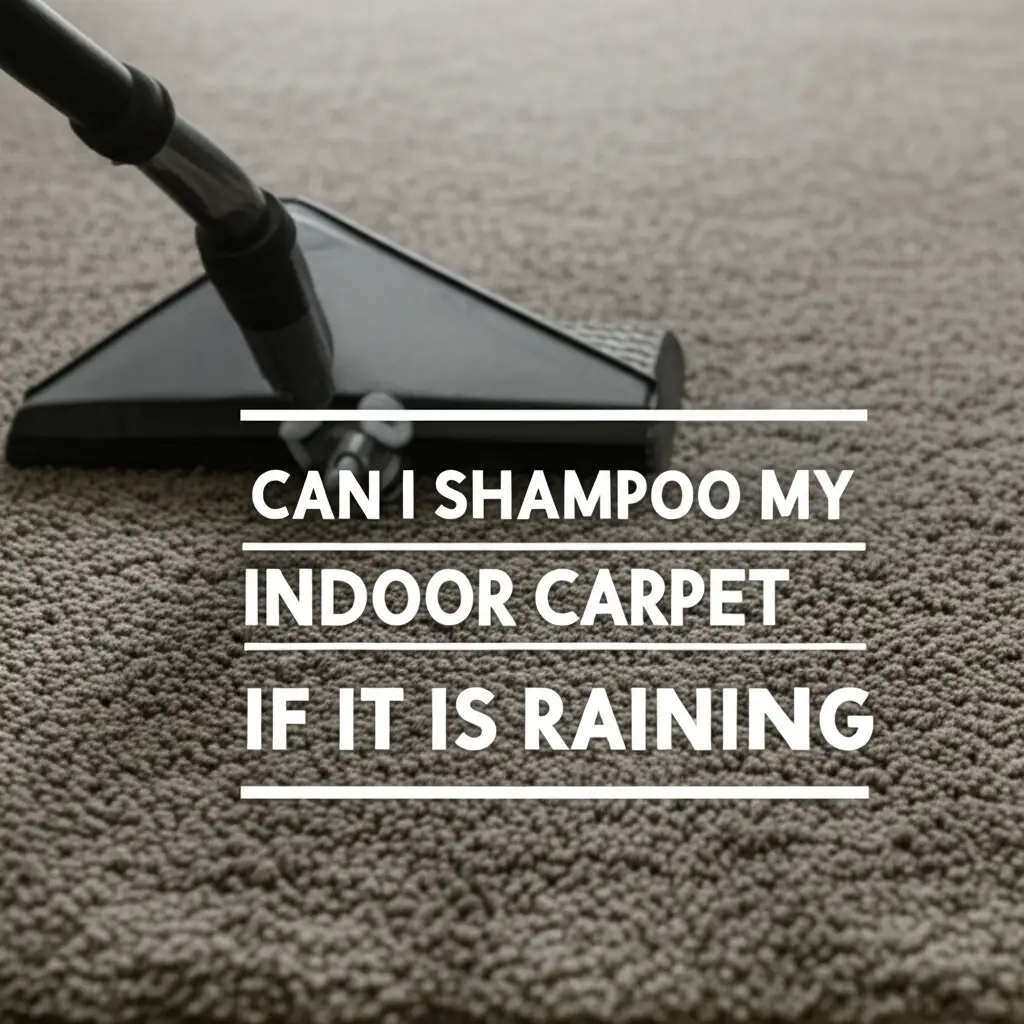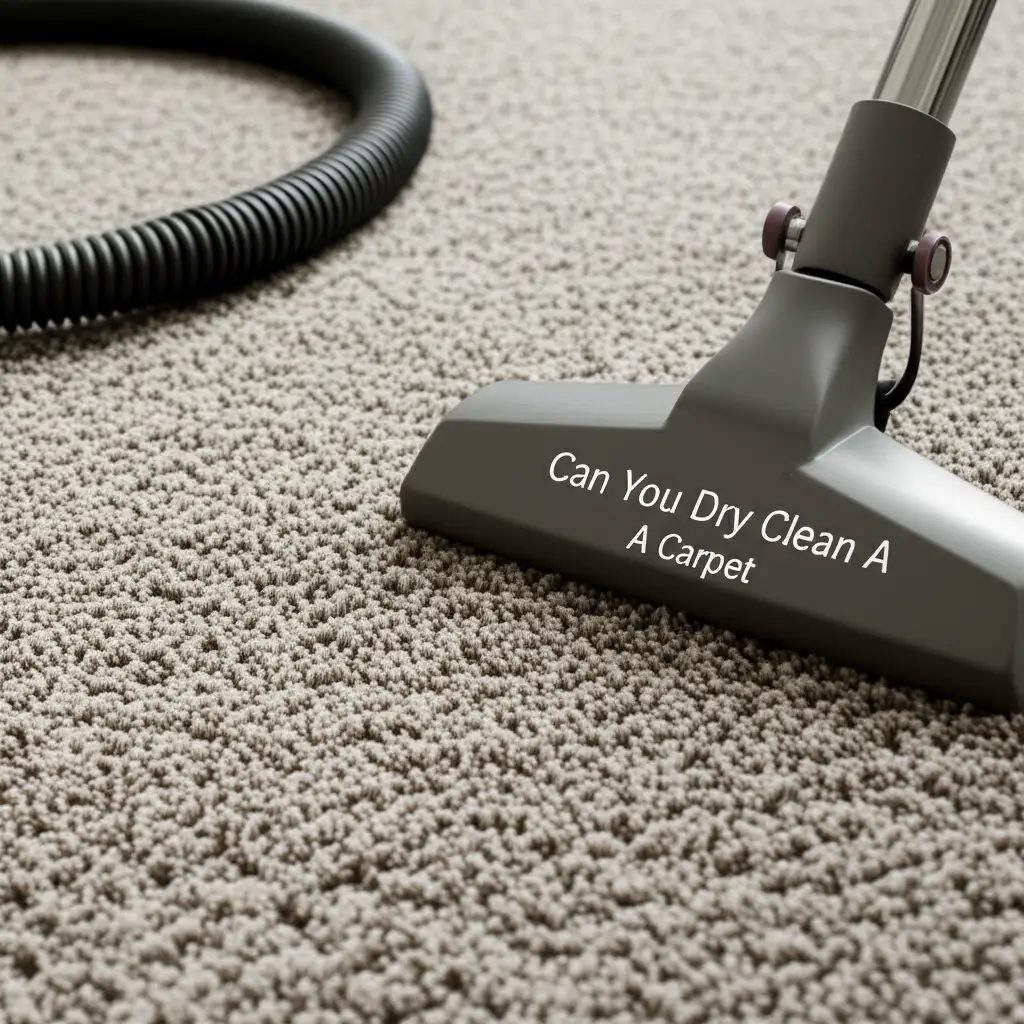· Mason Everett · Pet-Friendly Decor · 19 min read
What Kind Of Area Rug Is Good For Dogs

Finding the Perfect Area Rug for Your Dog: A Guide
Bringing a dog into your home adds immense joy. It also introduces new considerations for your living space. One common question for pet owners is: What kind of area rug is good for dogs? Choosing the right rug balances style with your dog’s needs. You want a rug that protects your floors, offers comfort, and withstands the daily adventures of a happy pet. This guide helps you navigate rug options. We will explore materials, features, and maintenance tips. Your furry friend deserves a rug that supports their well-being. Your home also deserves a rug that stays beautiful and clean. Let’s find the best match for you and your canine companion.
Takeaway
Choosing an area rug for dogs means prioritizing durability, cleanability, and safety.
- Opt for Durable Materials: Choose synthetic fibers like nylon or polypropylene for their resilience.
- Seek Stain and Odor Resistance: Look for rugs treated to repel spills and prevent odors.
- Prioritize Easy Cleaning: Select low-pile rugs or washable options for simple maintenance.
- Ensure Non-Slip Safety: Always use a rug pad to prevent slips and slides.
- Consider Dog Comfort: Think about softness, warmth, and grip for your pet’s joints.
- Avoid Harmful Materials: Stay away from rugs with toxic dyes or shedding fibers.
For dogs, a good area rug is durable, stain-resistant, and easy to clean. Look for low-pile options made from synthetic fibers like nylon or polypropylene. These materials withstand wear, resist accidents, and simplify maintenance. A non-slip backing is also essential for your dog’s safety and comfort.
Understanding Dog Needs: Comfort, Safety, and Play
When selecting an area rug, think about your dog’s daily life. Dogs spend a lot of time on the floor. They play, nap, and move around your home. The right rug improves their quality of life. It provides a soft spot for resting. It also offers traction for active play.
A rug can protect your dog’s joints, especially on hard floors. Older dogs or those with arthritis benefit greatly from a cushioned surface. It reduces impact when they lie down or get up. Puppies and energetic dogs also gain better grip. This prevents slips and falls during their zoomies. Choosing the right area rug means considering your dog’s well-being.
Providing Joint Support and Traction
Hardwood or tile floors can be slippery for dogs. This causes them to slide, which strains their hips and joints. A good area rug offers necessary traction. It allows dogs to walk, run, and jump without fear of slipping. This is crucial for their long-term joint health.
A rug’s texture and pile height affect its grip. Short, dense piles provide better stability. Shag rugs, while soft, can make it harder for dogs to gain footing. My own dog often struggles on slick surfaces. I learned quickly that a stable rug makes a huge difference. It helps them move with confidence and reduces the risk of injury.
Non-Toxic and Safe Materials
Dog owners must consider the materials used in rugs. Dogs often lie on, lick, or even chew their rugs. This makes material safety vital. Look for rugs made from non-toxic, pet-safe materials. Avoid rugs treated with harsh chemicals or dyes.
Some rugs may off-gas volatile organic compounds (VOCs). These can be harmful to both humans and pets. Research the manufacturing process of your chosen rug. Opt for natural fibers like wool or cotton, if they fit other criteria. However, ensure they are untreated. Synthetic options like polypropylene are often safe too. Many brands now offer certifications for low chemical emissions. Always choose rugs with your dog’s health in mind.
Top Rug Materials for Dog Owners: Durability and Cleanability
The material of an area rug determines its durability and how easy it is to clean. For homes with dogs, these two factors are paramount. You need a material that can withstand paw traffic, spills, and pet hair. It should also be simple to maintain. Synthetic fibers often stand out for their resilience.
Natural fibers like wool also have benefits, but they require specific care. I always look for materials that repel stains. They must also handle frequent cleaning. A durable and cleanable rug saves time and money in the long run. Let’s explore the best options for your furry companion.
Synthetic Fibers: Nylon, Polypropylene, and Polyester
Synthetic rugs are often the best choice for pet owners. They are engineered for toughness.
- Nylon: This material is incredibly durable. It resists wear and tear very well. Nylon rugs hold up against heavy foot traffic and active pets. They are also stain-resistant. Many nylon rugs have treatments for added protection. This makes cleaning up accidents much easier. I have a nylon runner in my hallway. It has stood up to years of my dog’s daily sprints.
- Polypropylene (Olefin): Polypropylene rugs are known for being very affordable. They are also highly stain and moisture-resistant. This makes them excellent for pet homes. They do not absorb liquids easily, so spills tend to bead up. This gives you more time to clean them. They are also resistant to fading from sunlight. They hold up well in high-traffic areas.
- Polyester: Polyester rugs are soft and luxurious. They are also good at resisting stains. They are less durable than nylon. However, they offer a comfortable surface for your dog. They are often made from recycled materials. This makes them an eco-friendly option. Cleaning polyester rugs is generally straightforward.
Natural Fibers: Wool and Cotton
Natural fibers offer beauty and comfort. However, they require more specific care with pets.
- Wool: Wool rugs are naturally durable and resilient. They resist crushing and bounce back well. Wool is also naturally flame-resistant. It can also hide dirt well due to its complex fiber structure. However, wool is absorbent. Pet accidents can be harder to clean. Odors can also become trapped if not cleaned promptly. Cleaning a wool rug needs careful attention. Learn how to clean an area wool rug by hand. Special cleaners are often needed. Find out what is a good cleaner to shampoo carpets and ensure it’s safe for wool.
- Cotton: Cotton rugs are soft and washable. Small cotton rugs are great for entryways or under food bowls. You can throw them right into the washing machine. This makes them very convenient for small messes. However, cotton is not as durable as synthetic options. It can stain easily. Larger cotton rugs might be challenging to wash at home. They can also absorb odors if not cleaned immediately.
Stain and Odor Resistance: Keeping Your Home Fresh
One of the biggest concerns for dog owners is pet accidents. A good area rug should resist stains and odors. This helps maintain a clean and fresh home environment. Accidents happen, especially with puppies or older dogs. Choosing the right rug minimizes the long-term impact of these mishaps. My personal experience confirms that quick cleanup is key. But having a rug that fights stains from the start makes life much easier.
Choosing Treated or Inherently Resistant Materials
Many modern synthetic rugs come with special treatments. These treatments create a barrier against spills and stains. Nylon and polypropylene are often pre-treated for stain resistance. This makes liquids bead up on the surface. This buys you crucial time to blot up the mess before it sets. Some rugs also have odor-neutralizing properties. These features are incredibly beneficial for pet owners.
Wool, while natural, has a natural lanolin coating. This gives it some stain resistance. However, it is more porous than synthetics. It absorbs liquid if not cleaned quickly. For strong pet odors, like cat urine, specific cleaning methods are necessary. Discover how to clean an oriental rug with cat urine to tackle tough smells effectively. Always check the rug’s specifications for stain and odor resistance.
Low-Pile vs. High-Pile Rugs for Mess Management
The pile height of a rug significantly affects cleanability.
- Low-Pile Rugs: These rugs have short, dense fibers. They are generally much easier to clean. Pet hair does not get as deeply embedded. Spills are easier to blot up. Vacuuming is more effective on low-pile rugs. They are also less likely to snag a dog’s nails. This makes them a practical choice for high-traffic areas. They handle dirt and debris well.
- High-Pile (Shag) Rugs: While soft and luxurious, high-pile rugs are difficult to maintain with pets. Pet hair gets tangled deep within the fibers. Accidents are very hard to clean completely. Odors can linger. They can also snag a dog’s nails, posing a tripping hazard. I learned this the hard way with a beautiful but impractical shag rug. For dogs, a low-pile or flatweave rug is almost always the better option.
Managing Pet Hair: Choosing Low-Maintenance Rugs
Pet hair is a constant companion for dog owners. It gets everywhere. Choosing an area rug that minimizes the visibility of pet hair is smart. It also helps reduce the amount of hair that gets trapped. Some rugs are magnets for hair. Others release it more easily. My golden retriever sheds a lot. I always look for rugs that make daily vacuuming effective.
The rug’s color, pattern, and texture all play a role. They can either camouflage or highlight pet hair. A strategic choice can make your home look cleaner. It also reduces your cleaning workload.
Color and Pattern to Camouflage Hair
The color and pattern of your rug can hide pet hair. If you have a light-colored dog, a darker rug will show all their hair. If your dog has dark fur, a light-colored rug will make it obvious. The best approach is to choose a rug color similar to your dog’s fur. This helps hair blend in.
Multi-colored or patterned rugs are also excellent for hiding hair. They break up the visual field. This makes individual strands of hair less noticeable. A solid color rug, especially a dark one, will show every speck. Consider a tweed, subtle stripe, or abstract pattern. These designs are your allies in the battle against pet hair.
Textures that Release Hair Easily
Some rug textures trap pet hair more than others. Loop-pile rugs tend to trap hair tightly. Cut-pile rugs, on the other hand, release hair more easily. A short, dense cut-pile is ideal. It allows a vacuum cleaner to work effectively. Hair sits on the surface, making it easy to remove.
Smooth, flatweave rugs are also excellent. Hair cannot get embedded in them. They are simple to sweep or vacuum. Avoid very textured or shaggy rugs. These become a nightmare for pet hair. They require intense cleaning efforts. My experience shows that a smooth surface is always better for shedding dogs. Regular vacuuming keeps these rugs looking fresh.
Non-Slip Backing and Rug Pads: Safety First
Safety is a prime concern for dog owners. Slipping on rugs can lead to injuries for both pets and humans. A rug that slides around is a hazard. It can cause a dog to lose its footing. This can result in sprains, strains, or even more serious injuries. This is especially true for senior dogs or puppies still learning coordination. Ensuring your area rug stays firmly in place is non-negotiable. I always use a rug pad under every rug. It’s a simple step that provides huge benefits.
Importance of Rug Pads for Stability and Cushion
A high-quality rug pad serves multiple purposes.
- Prevents Slipping: The primary function is to grip both the rug and the floor. This stops the rug from sliding. This creates a stable surface for your dog.
- Adds Cushion: A good rug pad provides an extra layer of comfort. It makes the rug softer underfoot for both you and your pet. This cushioning is excellent for older dogs. It supports their joints.
- Extends Rug Life: Rug pads absorb impact. They prevent wear and tear on the rug fibers. This helps your rug last longer. It also protects your hard floors from abrasion.
- Improves Airflow: Some pads allow air to circulate. This prevents moisture buildup. It also helps prevent mildew under the rug.
When selecting a rug pad, choose one appropriate for your flooring type. Some pads are better for hardwood, others for tile or carpet. You can even tape an area rug to a carpet pad for extra stability on carpeted floors.
Types of Non-Slip Materials
Various materials are used for rug pads.
- Natural Rubber: This is an excellent choice. Natural rubber pads offer superior grip. They do not degrade floors. They are also eco-friendly. They come in waffle or solid constructions. Natural rubber provides strong adhesion.
- Felt: Felt pads offer more cushioning. They are good for adding softness. They also protect floors. Felt pads alone do not always prevent slipping. Many felt pads have a rubber backing for added grip. Look for felt-and-rubber combinations for the best of both worlds.
- PVC: Polyvinyl chloride (PVC) pads are cheaper. However, they can sometimes damage certain floor finishes over time. They may also contain phthalates, which are chemicals some people prefer to avoid. If using PVC, ensure it is non-toxic and low-VOC. Check for certifications.
My recommendation is always a natural rubber or a felt-and-rubber blend. They offer the best combination of safety, comfort, and floor protection.
Size and Placement Considerations for Dog-Friendly Spaces
The size and placement of your area rug impact its functionality for dogs. A rug that is too small might not offer enough traction or comfort. Incorrect placement can create hazards. Think about how your dog uses the space. Consider their common pathways. Also, think about their favorite napping spots. The right rug placement enhances both your home’s aesthetics and your dog’s safety. I always consider my dog’s routines when planning rug layouts.
Covering High-Traffic Dog Routes
Dogs tend to follow specific paths in a home. These areas experience significant wear and tear. Placing durable rugs in these high-traffic routes is smart. Think about hallways, entryways, and paths between rooms. A runner in a hallway prevents slips. It also protects the floor from paw prints and dirt.
Ensure the rug is wide enough for your dog to walk comfortably. It should not create a narrow strip that is easy to step off. A rug in front of the couch provides a soft landing spot. This is good for dogs jumping on or off furniture. It also protects the floor from their nails. These strategic placements ensure your dog always has a safe, comfortable surface.
Defining Dog-Specific Zones
Area rugs can help define specific zones for your dog.
- Sleeping Areas: A soft, comfortable rug can become your dog’s designated napping spot. This gives them a sense of security and belonging. Place a smaller rug or even a washable throw rug near their bed. It offers extra warmth and cushioning.
- Play Areas: If your dog has a designated play space, a durable rug is essential. It provides traction for their games. It also protects your floors from toys or energetic movements. A medium-sized rug can define this area. This encourages play within a confined, safe space.
- Feeding/Water Stations: A small, washable rug under food and water bowls is highly practical. It catches spills and drips. This protects your floor from moisture damage. It also makes cleanup much easier. Choose a rug that can be easily tossed in the washing machine. This is one of the easiest ways to keep dining areas clean.
Maintenance and Cleaning Routines for Dog-Friendly Rugs
Even the most durable, stain-resistant rug needs regular cleaning. Dogs bring in dirt, shed hair, and can have accidents. Establishing a consistent cleaning routine is crucial. It keeps your rugs looking good. It also maintains a hygienic environment for your family and pets. I have found that proactive cleaning saves a lot of hassle. Waiting until a rug is very dirty makes the job much harder.
Regular Vacuuming and Spot Cleaning
Vacuuming: Regular vacuuming is the first line of defense against pet hair and dirt.
- Frequency: Vacuum at least 2-3 times a week for homes with dogs. For heavy shedding breeds, daily vacuuming might be necessary.
- Technique: Use a vacuum with strong suction. A pet-specific vacuum cleaner with brush rolls designed for hair is ideal. Move slowly over the rug to pick up as much hair and debris as possible.
- Tools: Use attachments to get into corners and under furniture. My dog’s favorite spot under the coffee table needs special attention.
Spot Cleaning: Address accidents immediately.
- Blot, Don’t Rub: For liquid spills or pet accidents, blot the area with a clean cloth. Press firmly to absorb as much liquid as possible. Do not rub, as this can spread the stain.
- Pet-Specific Cleaners: Use an enzyme-based pet stain and odor remover. These cleaners break down organic matter. This eliminates both the stain and the smell. Make sure the cleaner is safe for your rug material.
- Test First: Always test any cleaning product on an inconspicuous area of the rug first. This ensures it does not cause discoloration.
Deep Cleaning and Professional Care
Regular deep cleaning helps maintain rug freshness.
- Home Steam Cleaning: For synthetic rugs, you can use a home steam cleaner or carpet shampooer. These machines provide a deeper clean than vacuuming. Ensure you follow the manufacturer’s instructions carefully. You can even consider if Rug Doctor rentals are good for deeper cleaning. Also, check if the Rug Doctor will work on wool carpets if you have natural fiber rugs.
- Professional Cleaning: For valuable rugs or stubborn stains, professional cleaning is recommended. Professionals have specialized equipment and expertise. They can handle delicate materials like wool. They can also remove deeply embedded dirt and odors. They ensure the rug is cleaned without damage. I send my larger rugs for professional cleaning every 12-18 months.
- Hand Cleaning for Delicate Rugs: Some rugs, especially handwoven or antique pieces, require hand cleaning. Learn how to clean a rug by hand for these special cases.
Remember, consistent care extends the life of your dog-friendly rug. It keeps your home clean and comfortable for everyone.
Benefits of Dog-Friendly Rugs Beyond Just Cleanliness
Choosing a good area rug for your dog offers more than just practical benefits. While cleanliness, durability, and safety are primary concerns, these rugs also contribute to your dog’s overall well-being. They enhance the home environment for your pet in several meaningful ways. I’ve seen firsthand how a well-chosen rug can transform a space for my dog. It creates a cozier, more inviting atmosphere for them.
Enhanced Comfort and Warmth for Pets
Hard floors can be cold and uncomfortable, especially during cooler months. An area rug provides a soft, warm surface for your dog to lie on. This is particularly appreciated by older dogs or those with thinning fur. It gives them a plush spot to rest their tired bodies.
The insulation provided by a rug also helps dogs regulate their body temperature. They can stretch out without feeling chilly. This added comfort encourages them to relax and sleep soundly. It makes your living space truly feel like their home too.
Noise Reduction and Improved Acoustics
Dogs, especially active ones, can create a lot of noise. Their nails clicking on hard floors, the thud of them jumping, or the sound of toys dropping can be disruptive. Area rugs absorb sound. They dampen echoes in a room. This creates a quieter, more peaceful home environment for everyone.
Reduced noise can also be less stressful for sensitive dogs. It makes sudden sounds less jarring. A quieter home contributes to a calmer dog. My home became noticeably quieter after I added rugs to all the main living areas. This benefit often gets overlooked but it truly improves daily life.
Aesthetic Integration with Pet-Friendly Living
A dog-friendly rug doesn’t mean sacrificing style. Many beautiful and practical options exist. You can choose colors, patterns, and textures that complement your home decor. A well-chosen rug integrates seamlessly into your existing design. It elevates the look of your space while serving its functional purpose.
Consider rugs as part of your overall interior design strategy. They anchor furniture. They define zones. And they add warmth and texture. A rug can tie a room together. It makes it more inviting for both humans and their canine companions. This balance of aesthetics and practicality is key for a truly pet-friendly home.
FAQ Section
Q1: What rug materials should I avoid with dogs? Avoid natural fibers like jute or sisal, as they are absorbent and hard to clean. Shag or high-pile rugs are also difficult to maintain because they trap pet hair and odors. Delicate materials like silk are too fragile for dog homes. Latex backings can sometimes break down and stick to floors.
Q2: How often should I clean a dog-friendly rug? Vacuum your dog-friendly rug at least 2-3 times per week, or daily if your dog sheds heavily. Spot clean accidents immediately. Deep clean or shampoo the rug every 6-12 months, or more frequently if your dog is prone to accidents. Professional cleaning is recommended annually for most rugs.
Q3: Are wool rugs good for dogs? Wool rugs are durable and naturally resistant to dirt, but they are absorbent. This means pet accidents can be harder to clean and may lead to lingering odors if not treated quickly. While they offer comfort, cleaning wool rugs requires specific care. Synthetics like nylon are often easier to maintain for pet homes.
Q4: Can a rug help an older dog with mobility issues? Yes, absolutely. A good area rug provides essential traction, preventing slips and falls on hard floors. The cushioning from a rug and a rug pad can also reduce impact on joints. This makes it easier and more comfortable for older dogs with arthritis or mobility issues to move around.
Q5: What rug features help with pet odors? Look for rugs made from synthetic fibers like polypropylene. These materials are less absorbent and less likely to trap odors than natural fibers. Some rugs are also treated with antimicrobial or odor-neutralizing finishes. Regular and immediate cleaning of accidents with enzyme-based cleaners is also vital for odor control.
Q6: Is a washable rug a good choice for dog owners? Yes, washable rugs are an excellent choice for dog owners, especially for smaller rugs or in areas prone to accidents like entryways or feeding stations. Being able to machine wash a rug simplifies cleanup greatly. They offer ultimate convenience for maintaining hygiene in a pet-friendly home.
Conclusion
Choosing the right area rug for your dog involves balancing many factors. You want durability, ease of cleaning, and safety for your furry friend. We have explored various materials, from resilient synthetics like nylon and polypropylene to natural fibers like wool and cotton. Each offers unique benefits and challenges for a home with dogs. Prioritizing stain and odor resistance will save you a lot of effort. Considering how to manage pet hair through color, pattern, and texture is also key.
Always remember the importance of a non-slip rug pad for your dog’s safety and joint health. Strategic placement and proper size ensure the rug serves its purpose effectively. Lastly, establishing a consistent cleaning routine is crucial for maintaining a fresh and hygienic home. By considering these aspects, you can find the perfect area rug that benefits both your home’s aesthetics and your dog’s well-being. Your dog will appreciate the comfort and security. You will enjoy a beautiful, clean living space. Visit Cosy Home Creation to explore our range of durable, pet-friendly rug options that meet every need.





